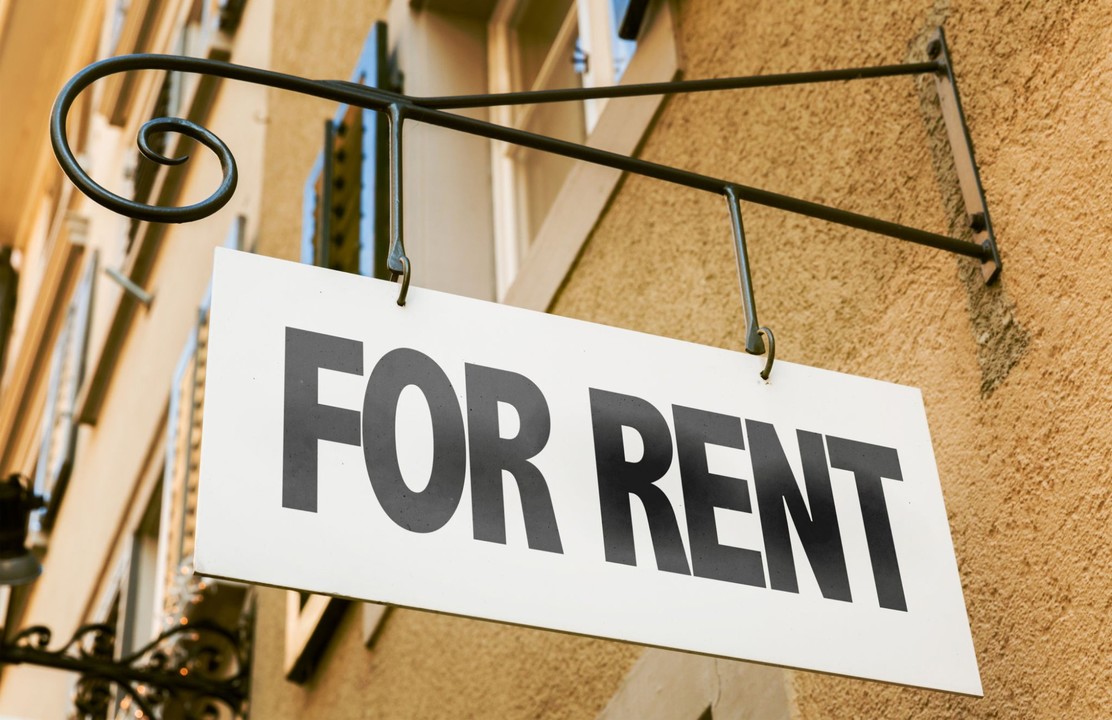Calvin Coolidge once said that “advertising is the life of trade.” For the rental property industry, we might also add that advertising is the life of discrimination lawsuits that are proliferating in the Bay Area and beyond.
We see a built-in collision between good advertising and federal housing laws. Clearly, effective advertising is warmly and immediately human. It deals with human needs, wants, dreams and hopes, and coddles a sense of belonging. To win the hearts and minds of people, advertising aligns the core values of people by painting a broad brush with words and images that matter. What is intuitive for advertisers, then, may not be advisable for investment property owners.
In achieving its purpose, advertising can easily cross a line with buzzwords that indicate a preference, discrimination, or limitation based on color, race, sex, religion, handicap, national origin, sexual orientation, or familial status.
For its part, Craigslist has a page dedicated to the Fair Housing Act and instructions here.
Being warmly welcomed in a Hispanic community may be good advertising. Living within walking distance of a synagogue may be appealing to a Jewish family, just as a well-to-do household may enjoy being within proximity to a country club, but these representations also create discriminatory preferences that fair housing organizations, testers, aggrieved tenants and their attorneys are all too willing to enlarge. This short video explains these semantics.
Such blatant use of words, phrases, symbols, or visual aids that convey a preference are easy enough to avoid, but HUD peels the onion deeper by prohibiting advertising that selectively uses media, human models, logos, and locations that may signal a preference or limitation.
At Bornstein Law, we advise the industry to include persons with disabilities and ethnically diverse models in its advertising campaign and verbiage that highlights fair housing compliance policies.
We hasten to say that advertising is more than the traditional staples of billboards, commercials, newspaper ads and postings on Craigslist. It also encompasses flyers, banners, leaflets, brochures, deeds, applications, and the like.
It extends even further to anything the landlord or staff members verbally say or imply to prospective tenants. These statements might be uttered in person, sent in an email, condensed in writing, or made during a phone call.
An extended phone conversation is a particularly insidious breeding ground for housing discrimination claims, as the landlord or property manager attempts to conduct a full-blown interview to weed out undesirable applicants. No matter how scripted or conscious of fair housing laws the interviewer is, these types of open-ended calls give plenty of rope for landlords to hang themselves, which leads us to advise against them.
In parting, we want to stress that staying in compliance with fair housing laws is not limited to ads in print or on the web. The key is to instill a culture where words matter, and one that places compliance with fair housing laws over attraction.
Toward that end, education is key. With high employee attrition, property management companies are especially vulnerable to a culture of ignorance, when new employees do not have a solid understanding of the law and need to be trained in the many nuances of housing discrimination.
For those of you who have followed us for any length of time, we were going to say that we are preaching to the choir. But even that would be exclusionary under fair housing laws.





